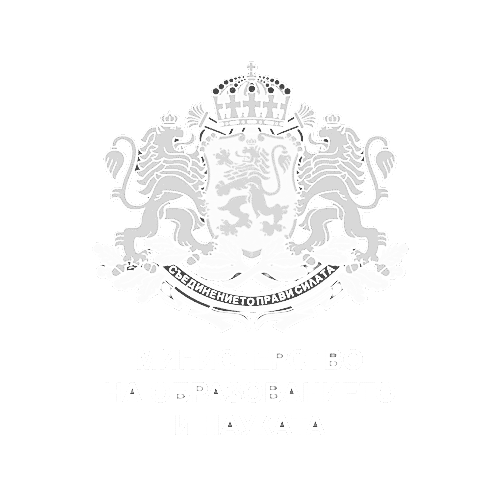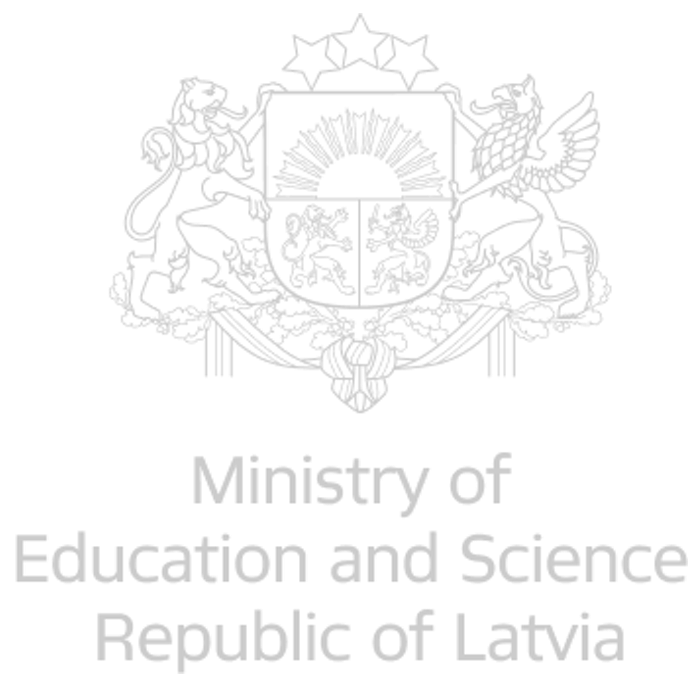
Tell us a bit about yourself
I am an MD by training. I did my PhD between Columbia University in New York and in Autonomous University of Barcelona, working on identifying the mechanisms for somatic mutations in mitochondrial DNA. After four years in New York, I came back to Barcelona and set up my own research group for the following 20+ years.
My main interest in science has been understanding the mechanisms and treatments for mitochondrial disorders. Throughout my career, I have had the privilege to work through the entire translational medicine pipeline of these disorders – from the mechanics of the biology to preclinical studies to developing animal models down to interacting with patients and their families.
My work in policy broadly started with the position of Director for the funding branch of the Spanish National Institutes of Health. That role involved being in charge of funding activities for medical health research and innovation in Spain. Later on, I became the Director of the Spanish NIH – Instituto de Salud Carlos III – which is responsible for the Spanish health research and innovation roadmap. I also had direct experience in healthcare institution management after becoming the CEO of one of the largest university hospitals in Spain – Hospital Universitari de Bellvitge and continued working at the regional policy level in the Catalan Ministry of Health creating the General Directorate for research and innovation. Finally, in 2018, I joined EATRIS as the Scientific Director.
What is your role within EATRIS and what does a typical week look like for you?
As the Scientific Director, my role is to coordinate the diverse scientific and technological activities of the organisation. This involves leading the EATRIS science team at the headquarters in Amsterdam and being in constant contact with our scientific leaders across the 14 Member States that are part of the 5 scientific Platforms. If I had to summarise, then the scientific roadmap of EATRIS is the DNA of my work.
My typical week consists of participating in brainstorming, discussion and development activities of all the different scientific factions of and around EATRIS. Some of them are wide and spread out across the entire organisation, while some are more topically focused. What I aim to do is provide support, advice and capacity to harmonise the different activities of EATRIS to make sure that there is a coherent scientific roadmap for the development of EATRIS as a European Research Infrastructure.
What has been the highlight of your EATRIS experience so far?
The highlight has been the opportunity to share experiences and work with my colleagues all over Europe, especially the ones in Amsterdam, with whom we have daily contact. This kind of “human perspective” of interaction between different scientists is the essence of science in my opinion and represents the way that science moves forward. In that way, EATRIS represents a perfect platform for developing science.
If I would have to choose a specific moment, it would be the EATRIS-Plus kickoff meeting that took place in Lisbon in 2020 – just before the pandemic. That was the first time the entire EATRIS community met to work together on a challenging project. We put our capacities together to tackle challenges in the development of clinical research. Taking the “molecular perspective”, developing tools for creating this powerful and interesting instrument that we call the multi-omics toolbox. That moment was special to me because it was full of energy and people sharing their visions about the future. We have set very high expectations for ourselves with this project.
In the very early stages of the pandemic, I was worried that the energy created in Lisbon would disappear. However, the EATRIS community showed that even in the most difficult circumstances, we can keep working, and actually the roadmap for the development of the proposal has not suffered any significant delays. People kept working and reinvented the processes for interacting with each other. That for me is the magic moment.
What is translational research for you?
Translational research is a long journey where science produces something that eventually is going to have a positive impact on human lives. It is a long and bumpy path, where people that don’t traditionally work together are pushed to approach each other and collaborate. That is a difficult process and we have to persevere, but if you’re lucky you may have the immense satisfaction of developing a new treatment for a disease and alleviating human suffering. Contributing in a meaningful way to the development of our society is translation of medicine to me.
Why did you decide to work in the translational medicine field?
My journey was not planned from the very beginning and developed with a number of coincidences. Firstly, I found myself in the rare diseases field when I was invited to collaborate with Professor Bill DiMauro at Columbia University in New York on a study of McArdle’s disease patients. The patients were not genetically diagnosed since this was in 1997 and there were still huge gaps in the assembly of the human genome.
We were lucky to identify the molecular cause of the patients and I found myself in the rare diseases research domain. When you work in rare diseases, you have to be a translational scientist, because there are still not many answers in this field. You can find the responses to those questions only through the collaboration and cooperation of different agents, which is the essence of the translational medicine process.
What advice would you give your younger self?
Something my father once told me has been a guiding principle of my life: the worst thing to happen is when you arrive at the end of your journey, look back and think what would have happened IF… When you see a challenge and instincts are telling you to jump, then you need to jump. Do not pretend to grasp security and stability – because life is not about that. And science is the perfect example. We have the privilege of being part of the scientific community and asking questions and exploring the unknown that we call life. Science is the perfect place to enjoy this journey.
What do you like to do when you aren’t working?
Work-life balance is important to me. I love spending time with my partner, my friends and family. With my partner, we share the passion for classical music and opera. I am a fanatic opera-goer. I enjoy exploring different opera houses in Europe and see how artists present themselves in front of the public. It’s something magical. I think music and science are connected because both represent the essence of being alive, if I may be a bit philosophical.
If you were a drug, vaccine or diagnostic, what would you be and why?
I relate to all three of them. If given only one choice, I think I would be a diagnostic because the first step of the translational medicine process is revealing the unknown and understanding the challenge. In my experience of working in rare diseases, many families put a lot of effort to find a diagnosis. Even when we are not able to help alleviate the situation, in many cases knowing the name of the illness was some form of punctuation to the years of searching for the patients.
What would surprise people to know about you?
Perhaps people would be surprised to know that I’m a failed flute player and I have a brown belt in judo. I almost became a black belt but exam preparation for medical school took priority in the end.

